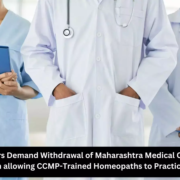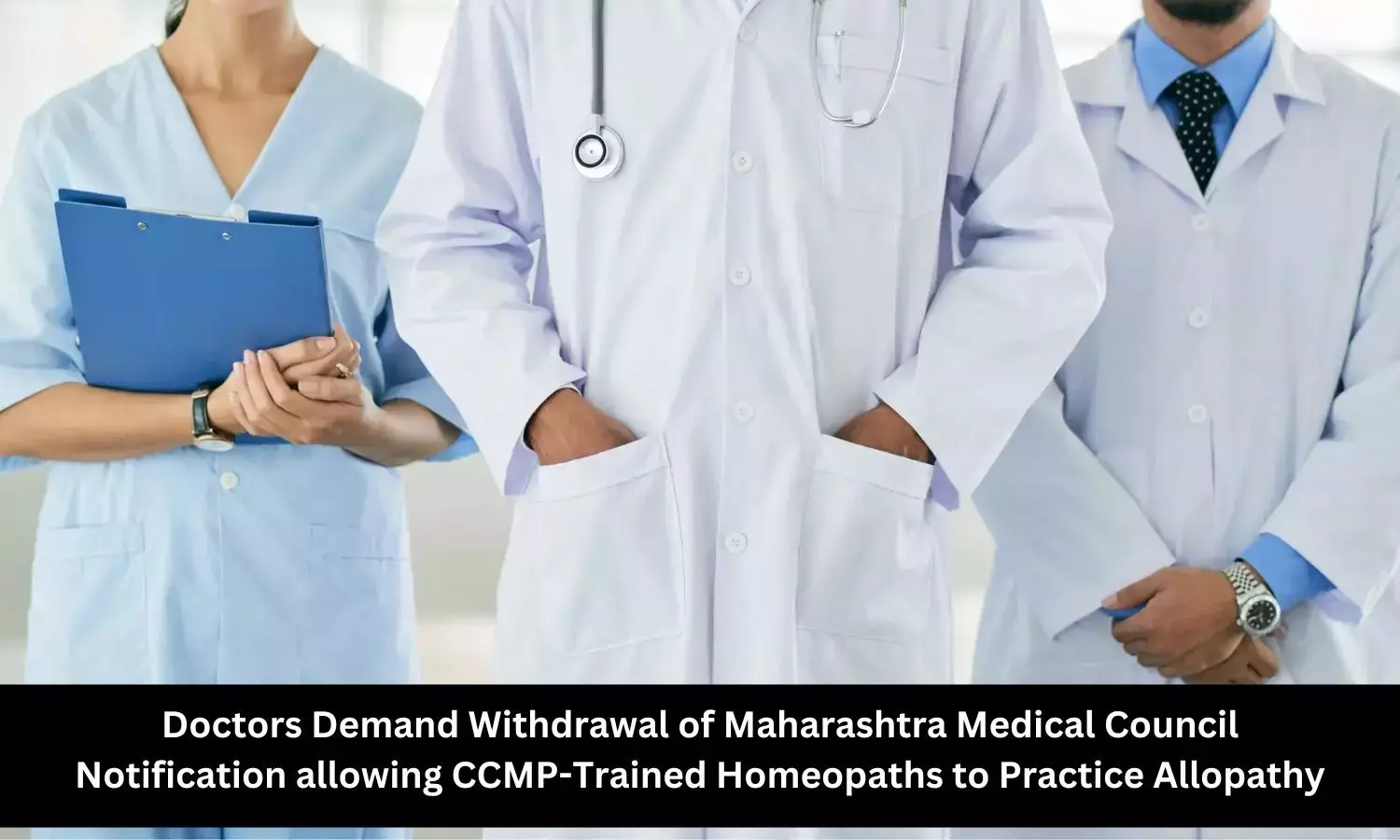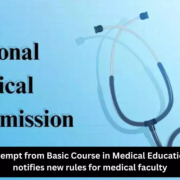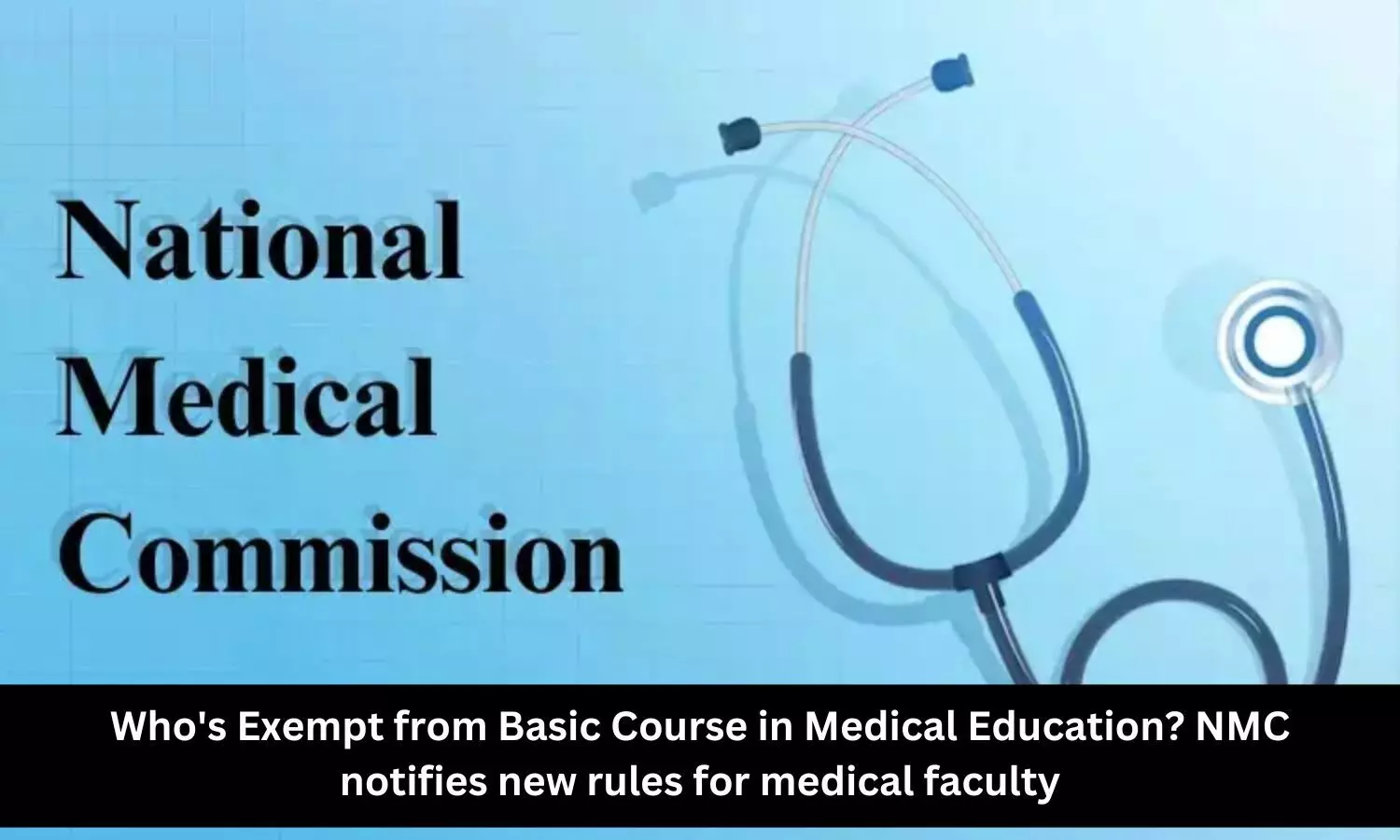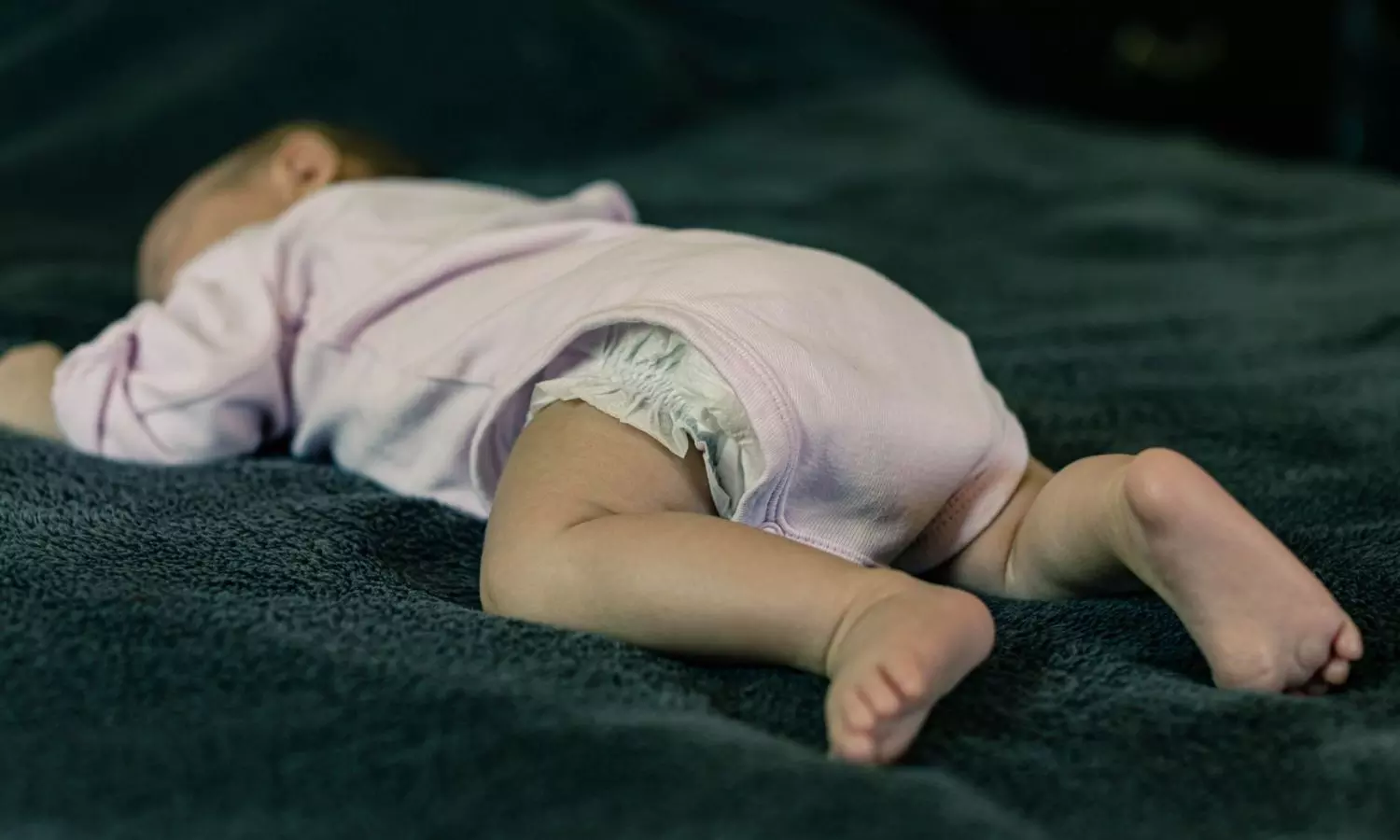Liv-333 Violates Liv.52 Trademark, Delhi HC Slaps Rs 20 Lakh Damages on Rajasthan Aushdhalaya for Infringing Himalaya’s Brand

New Delhi: The Delhi High Court has upheld a commercial court’s judgment restraining Rajasthan Aushdhalaya Pvt Ltd from using “Liv-333” as a trademark, citing its deceptive similarity to Himalaya Global Holdings’ long-standing brand “Liv.52”. The Court also imposed injunctive relief and awarded Rs 20 lakh in damages, along with over Rs 10 lakh in legal costs.
The dispute arose after Himalaya Global, the registered proprietor of “Liv.52”, filed a trademark infringement suit against Rajasthan Aushdhalaya in 2024. Himalaya alleged that Aushdhalaya’s product “Liv-333”, introduced in January 2024, infringed on its long-standing brand and was likely to confuse consumers.
The original suit (CS (Comm) 433/2024) sought permanent injunction, damages, and delivery of infringing goods for destruction. Himalaya argued that the similarity between “Liv-333” and “Liv.52” would lead to initial interest confusion, especially since both were liver formulations used for similar therapeutic purposes.
In its legal submissions, Himalaya Global Holdings Ltd. contended that the term “Liv” was not merely a generic prefix but rather the dominant and essential feature of its long-established and widely recognized trademark, “Liv.52.” The company argued that the addition of the numerical suffix “333” by Rajasthan Aushdhalaya was not sufficient to distinguish the infringing mark from its own. According to Himalaya, the phonetic similarity, visual structure, and intended therapeutic use of both marks could mislead an average consumer, especially given the context of pharmaceutical products where accuracy and brand recognition are crucial. The plaintiff also stressed that the continued use of the mark “Liv-333” posed a significant risk to its brand goodwill, built over decades, and had the potential to cause irreparable harm—both commercially and in terms of public trust in its products.
On the other hand, Rajasthan Aushdhalaya Pvt. Ltd. defended its use of the mark by arguing that the term “Liv” was a generic abbreviation commonly used across the pharmaceutical industry to denote liver-related medications, and therefore could not be exclusively appropriated by any one company. To support this argument, the company cited the presence of multiple other registered products such as “Livogen,” “Livaplex,” and others, demonstrating that “Liv” was in public domain and had become publici juris. Furthermore, Aushdhalaya claimed that the overall packaging, trade dress, and complete brand identity of “Liv-333” were sufficiently different from “Liv.52” and unlikely to cause confusion among consumers.
However, the Division Bench of Justices C. Hari Shankar and Ajay Digpaul disagreed. In a detailed ruling, the bench noted;
“‘Liv’ formed the essential feature of the ‘Liv.52’ Mark… The addition of the number ‘333’ after ‘Liv’ did not serve to distinguish the appellant’s mark.”
The Court emphasized that in trademark analysis, the “initial interest confusion” test applies—confusion that occurs when an ordinary consumer mistakenly assumes the new product is associated with the original, even at first glance, is sufficient for infringement. It held;
“The use of the term LIV… creates a high degree of similarity and likelihood of confusion… the primary and most recognisable component remains identical.”
Relying on earlier precedent (Himalaya Drug Co. v SBL Ltd. and Cadila Healthcare Ltd v Cadila Pharmaceuticals Ltd.), the court observed;
“In the case of medicinal products, possibility of confusion could have serious detrimental effect on public health… deception had to be addressed with greater caution.”
Justice Shankar’s Bench declined to permit broad use of the prefix “Liv,” but made clear that marks using “Liv” with distinct suffixes—such as Livogen or Livaplex—are not barred, since the injunction specifically targets “Liv‑333” or deceptively similar marks .
Regarding penalties, the court noted that Aushdhalaya continued using the infringing “Liv‑333” mark even after interim injunctions. Consequently, the court upheld damages and costs;
“Damages of Rs 20 lakhs, with each defendant… being required to pay Rs 10 lakhs, along with costs of Rs 10,91,567/-.”
However, the court stayed the collection of damages and costs pending appeal—so long as Aushdhalaya deposits the principal Rs 20 lakh within eight weeks and avoids further infringement.
To read the original order, click on the link below:
Powered by WPeMatico



